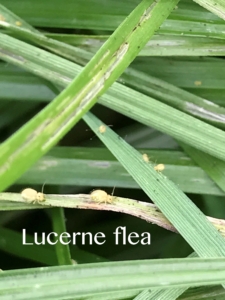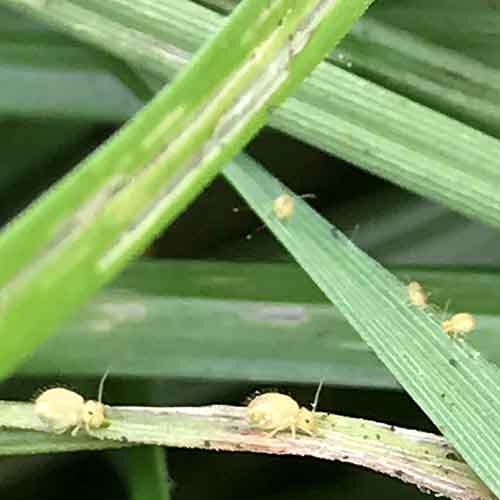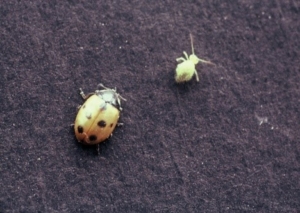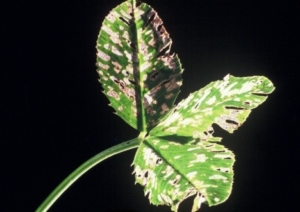 Have you noticed this pest in your pasture and crops this season? It’s characterised by ‘springing up’ in the air when pasture or crops are disturbed.
Have you noticed this pest in your pasture and crops this season? It’s characterised by ‘springing up’ in the air when pasture or crops are disturbed.
Keep an eye out for the Lucerne Flea which has populated parts of West & South Gippsland causing damages to pasture and crops.
Lucerne Flea move up the plants from ground level, eating the underside of the foliage. They avoid the more fibrous veins and leave a layer of leaf membrane behind.
In severe infestations, Lucerne Flea can damage, stunt and kill plant seedlings.
Monitoring
Monitoring, like all pests, is the key to reducing the impact of Lucerne Flea. Especially in the 3-5 weeks after sowing it is ultra important to inspect crops which are the most susceptible plants. Pastures should be monitored at least fortnightly during this time. Look out for ‘hot spots’ of springing up pests, so it is a good idea to have a look over your whole crop.
Control
Post emergence control is the most common and economic tool, with an insecticide such as Dimetholinx 400. Treat the infested area approximately three weeks after lucerne fleas have been observed on a newly emerged crop. Speak to Peter or Adam for more information on controlling Lucerne Flea.
In pastures, a secondary spray application is required four weeks (shortly after a grazing) after the first application to control subsequent hatches, or to kill new insects before they lay more eggs.
For more information on Lucerne Flea and Dimetholinx 400 please contact Notman Pasture Seeds on (03) 5659 2314 or speak to one of our regional sales agronomists.









